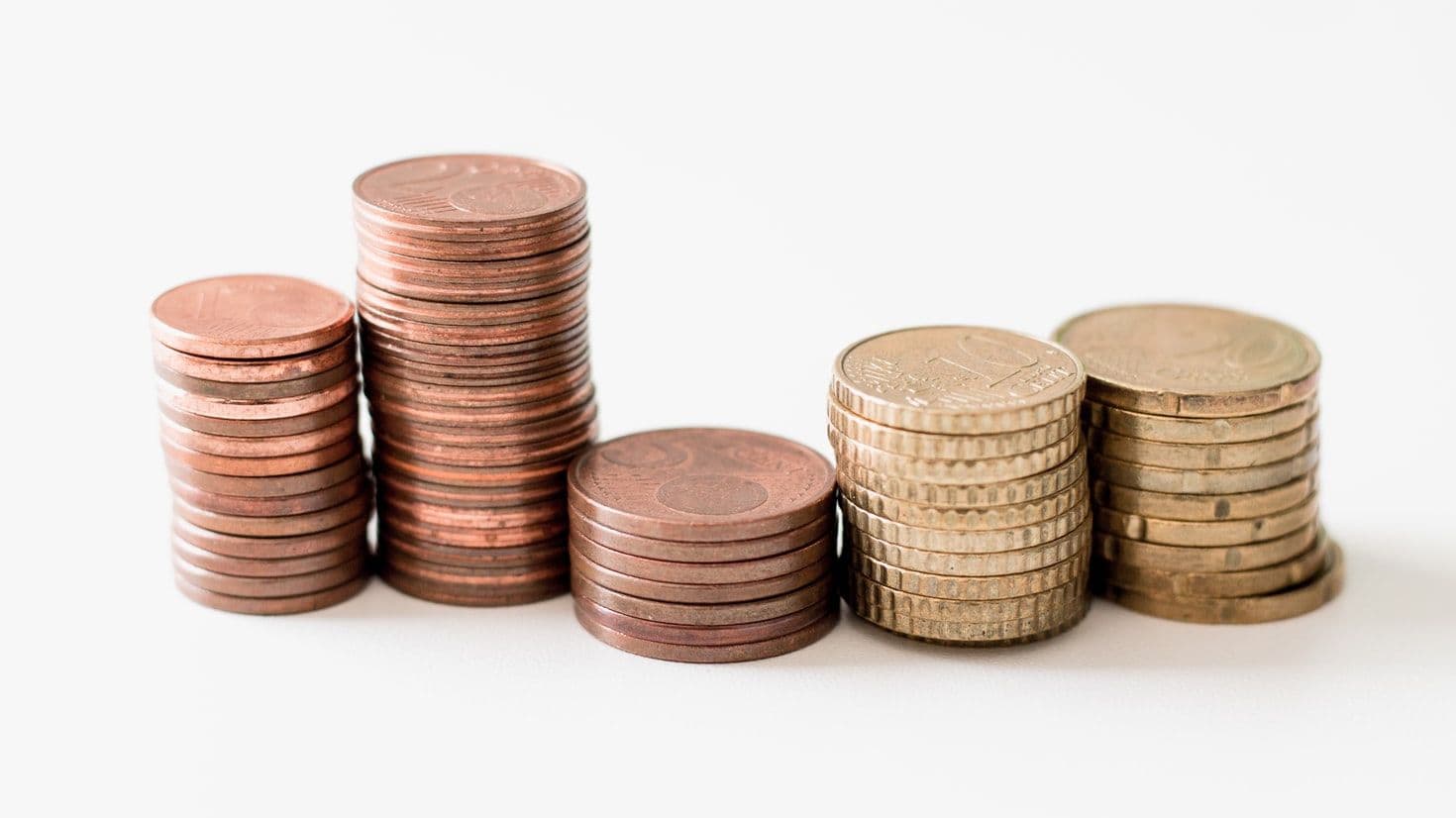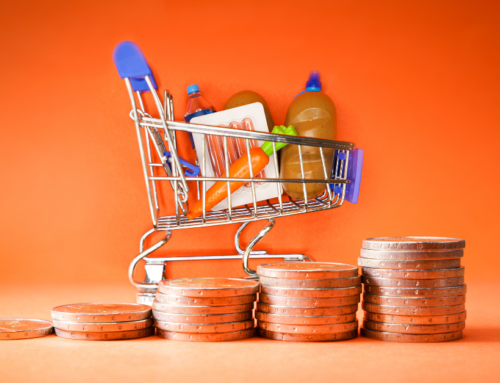Last updated on October 15, 2021
That the economic shock caused by the COVID-19 pandemic would have major implications for consumer spending is clear. Caddle data shows as few as 15% of Canadians feel they won’t need to reduce spending.
What is less obvious, however, is how spending will change. What tactics will Canadians use to save money? Are we postponing purchases until after the pandemic, and if so, when do we expect to make them?
We put these issues to Caddle’s unique 10,000 member daily survey panel to understand how the crisis is changing Canadian spending habits. So, what did we learn?
How many people are cutting spending?
According to Caddle data almost nine in ten Canadians have cut back spending during the pandemic. Just over 85% told us the economic conditions had caused them to cut back expenditure.
Unsurprisingly, a large proportion of those who are cutting back spending cited a direct economic reason. A quarter reported that their income was lower, while 18% said they were reducing spending as a result of a business closing.

However, almost as many people again are holding back expenditure due to overall uncertainty. Just over 40% of our panel cited concerns about their future financial position as a reason to put off spending today.
How are we cutting spending?
What will be the most popular money-saving tactic among Canadians? Across all age groups, cutting back on luxury purchases is seen as the best way to save money, followed by more actively looking for sales and discounts.
Meanwhile, a much smaller proportion of the panel told us they see switching to cheaper brands or stores as the best way to save money.

This data is significant for several reasons. Most noticeably, it informs the strategies Canadians see as most likely to use to save them money. It points to a big hit in discretionary spending by a large proportion of Canadians. With tighter budgets, luxury items are the first things to go.
Also significant is how few Canadians consider switching brands as the best option to save money.
In last week’s report we highlighted how one in five Canadians were prepared to switch grocery stores if their preferred brand failed to adequately enforce social distancing. However only 5% of our panel would consider switching stores as a top way to save money.
Likewise only 9.8% of our panel said they would switch to less expensive brands to save money. Yet in a study a few weeks earlier this month, 76% said a brand playing an active part in the COVID-19 response would affect their purchase decision.
This paints a complex picture of the impact of COVID on brand loyalty. Firstly consumers are more likely to reduce or cut out purchases entirely rather than switching to lower cost brands.
But beyond this, customers can be won or lost on action taken in response to COVID-19, rather than household economics.
How are different generations responding?
Breaking the preferred money-saving tactics down by generation reveals how different age groups respond to financial challenges.
The bonds of brand loyalty seem to be weakest for Canadians in Generation Z. Almost a quarter of those born after 1995 preferred switching to cheaper brands or cheaper stores as the way to save money. This compares with approximately 15% for the panel as a whole.
Meanwhile at the other end of the age spectrum, Baby Boomers were the only generation who did not choose cutting back on luxury purchases as the top way to save money. Instead, 46% said they would more actively look for discounts, compared to 38% for the panel as a whole.
‘Treat’ spending isn’t dead
The general preference for cutting back on luxury purchases does not mean we will completely cut back on things we consider treats. In fact, these types of purchases have a role in keeping our spirits up.
Excluding those who told us they were not cutting spending at all, a third of the panel said they had purchased a treat or a luxury item to keep their spirits up.

Interestingly, those who cited cutting back on luxury items as their preferred way to save money, were more likely to report making a luxury purchase to raise their spirits.
This suggests another complex relationship between consumers and the brands they buy.
For example, people who make the most luxury purchases may also be the people who have the most scope to save by cutting down on these items.
If such purchases also represent normality or better times for this group, it would make sense that they would also serve the purpose of a treat, reward or morale-boosting purchase during a challenging period.
Are we putting off purchases?
With a significant proportion of the panel cutting spending due to future concerns rather than direct economic impact, does this translate into purchases that could be made today being postponed?
Approximately two thirds of Canadians say they are putting off purchases due to the uncertainty around the pandemic.

There was little consensus around when the panel expects to be able to make these purchases. About 60% of those postponing a purchase expect to make in the next three months, but almost a quarter said they would postpone by over four months.
Main Takeaways
No.1 |
We’re cutting luxuries but will still treat ourselves
The first tactic many Canadians will adopt to save money is reduce luxury items. While undoubtedly a challenge for brands in this space, there is opportunity in tapping into the ideas of occasional morale-boosting treats.
No.2 |
Brand loyalty > Cutting Spending
The disruption caused by the COVID-19 isn’t necessarily interfering with traditional brand preferences. Only a small proportion of Canadians will abandon their usual purchase choices as their primary tactic for saving money.
No.3 |
Return to spending will be cautious
As we saw in our data on restaurant habits, a return to ‘normality’ for spending may be tentative once restrictions begin to be lifted. Relatively few consumers will go back to their old spending habits overnight.
*Disclaimer: all data presented is owned by Caddle and has a Margin of Error of 1% or lower.
Get better business insights, faster, with Caddle.
Want more Caddle Insights? Sign up to our email list!





Leave A Comment